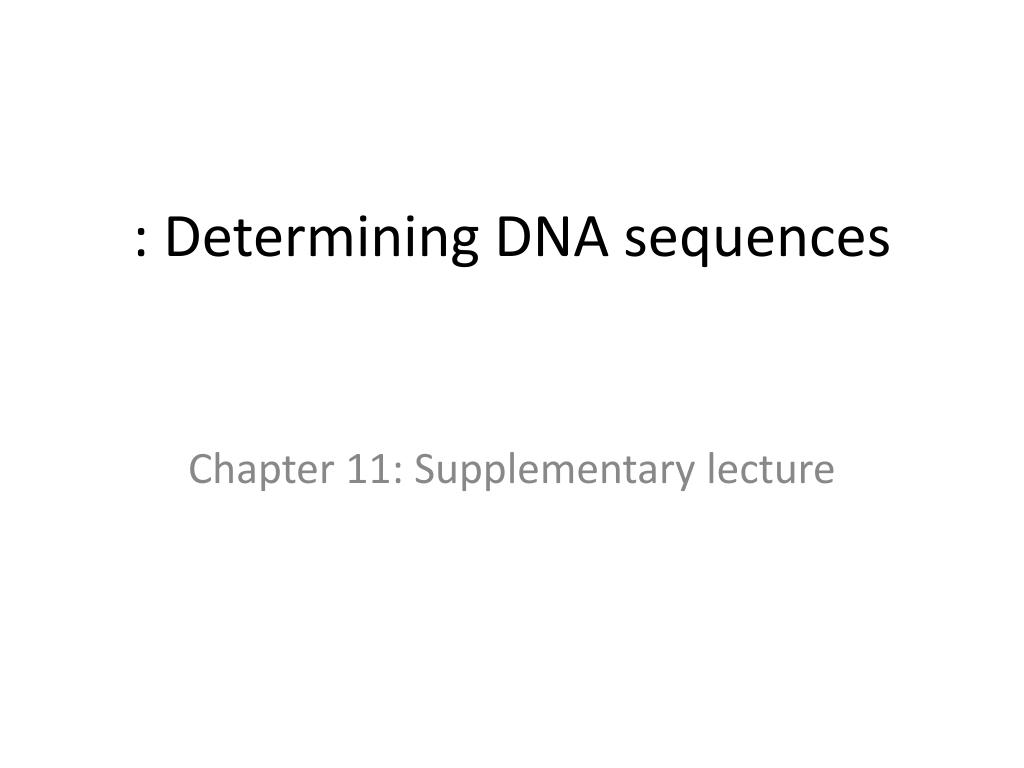The ability of computers to decipher the very blueprint of life, DNA sequences, often seems like a feat of biological wizardry. But beneath the mystique lies a sophisticated blend of biochemical techniques and computational prowess. Let’s dissect the process, unveiling the intricate steps involved in how computers contribute to determining DNA sequences.
1. The Biochemical Foundation: Sequencing Technologies
The journey begins not within the silicon confines of a computer, but in the wet lab. Here, various sequencing technologies prepare the DNA for analysis. The venerable Sanger sequencing, while largely superseded by newer methods, offers a solid foundation for understanding the core principles. Modern approaches like Next-Generation Sequencing (NGS) have revolutionized the field, allowing for massively parallel sequencing of millions of DNA fragments simultaneously.
1.1 DNA Fragmentation and Library Preparation
Regardless of the specific sequencing technology employed, the initial step involves fragmenting the DNA into smaller, manageable pieces. These fragments are then prepared into a “library.” This library comprises DNA fragments flanked by specific adapter sequences. These adapters are crucial. They allow the fragments to bind to a sequencing platform and undergo amplification, creating clusters of identical DNA molecules. Think of it as creating multiple copies of each fragment, making them easier to detect.
1.2 Sequencing by Synthesis
A common NGS approach, Sequencing by Synthesis (SBS), involves adding nucleotides to the DNA fragments one at a time. As each nucleotide is incorporated, a fluorescent label attached to it emits light. This light signal is captured by a high-resolution camera. Different nucleotides (Adenine, Guanine, Cytosine, and Thymine) emit light at different wavelengths. Thus, the sequencing machine can identify which nucleotide has been added at each position along the DNA strand.
2. The Computational Ingress: Image Analysis and Base Calling
Here’s where the computational heavy lifting begins. The raw data emerging from the sequencing machine is in the form of images—thousands, sometimes millions, of them. These images capture the fluorescent signals emitted during the SBS process.
2.1 Image Processing
The first step is to process these images to extract meaningful information. Sophisticated algorithms are used to correct for distortions, background noise, and other artifacts that can compromise the accuracy of the data. This often involves techniques like image segmentation, which identifies individual clusters of DNA molecules, and intensity measurement, which quantifies the strength of the fluorescent signal from each cluster. The aim is to clean and sharpen the data, preparing it for the next stage.
2.2 Base Calling
The processed images are then fed into base-calling algorithms. These algorithms analyze the intensity and wavelength of the light emitted from each cluster at each cycle of nucleotide addition. Based on these parameters, the algorithm assigns a specific nucleotide base (A, G, C, or T) to each position in the DNA sequence. Crucially, these algorithms also assign a quality score to each base call. This score reflects the confidence in the accuracy of the call. A low-quality score might indicate a weak signal or ambiguity in the data.
3. Sequence Assembly and Alignment
The base-calling process yields a vast collection of short DNA sequences, known as “reads.” These reads typically range from 50 to several hundred base pairs in length. The next challenge is to assemble these short reads into a complete, contiguous DNA sequence.
3.1 De Novo Assembly
If the DNA sequence is completely unknown, a de novo assembly approach is required. This involves identifying overlapping regions between the reads. The overlaps suggest that the reads originated from the same region of the genome. Computer algorithms meticulously compare all possible pairs of reads, searching for these overlaps. Once identified, the overlapping reads are merged to create longer contiguous sequences, known as “contigs.” The contigs are then further extended and merged until a complete or near-complete sequence is obtained. De novo assembly is computationally intensive and requires substantial processing power.
3.2 Read Mapping (Alignment)
If a reference genome is available (a previously sequenced version of the organism’s genome), the process is simplified. Instead of assembling the reads from scratch, they are aligned to the reference genome. This involves identifying the best-matching location for each read within the reference sequence. Algorithms like Burrows-Wheeler Aligner (BWA) and Bowtie are commonly used for this purpose. Read mapping allows researchers to identify variations between the sequenced DNA and the reference genome, such as single nucleotide polymorphisms (SNPs) or insertions and deletions (indels).
4. Variant Calling and Annotation
Once the reads have been assembled or aligned, the next step is to identify genetic variations. Variant calling algorithms analyze the aligned reads to detect differences from the reference genome. These differences can include SNPs, indels, copy number variations (CNVs), and structural variations. Accurate variant calling is essential for understanding the genetic basis of diseases and other traits.
4.1 Annotation
The final step is to annotate the identified genetic variations. This involves determining the functional consequences of these variations. Are they located within a gene? Do they alter the amino acid sequence of a protein? Do they affect gene expression? Annotation relies on extensive databases of genomic information. These databases link specific DNA sequences to known genes, regulatory elements, and other functional elements. Annotation provides crucial context for interpreting the biological significance of the identified genetic variations.
In conclusion, determining DNA sequences using computers is a multifaceted process that combines sophisticated biochemical techniques with powerful computational tools. From the initial fragmentation of DNA to the final annotation of genetic variations, each step relies on complex algorithms and specialized software. This process underscores the transformative impact of computer science on modern biology, providing us with unprecedented insights into the intricate workings of life.










Leave a Comment